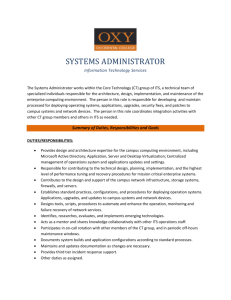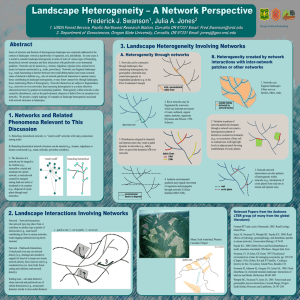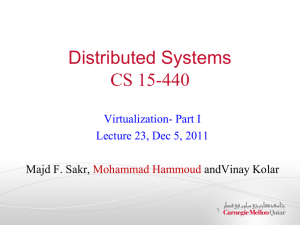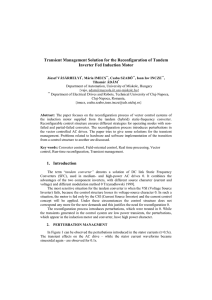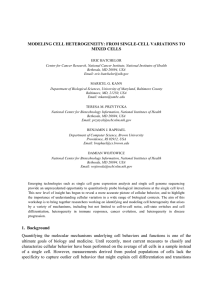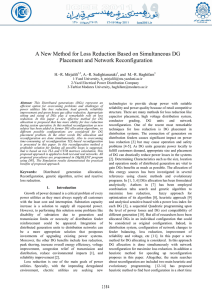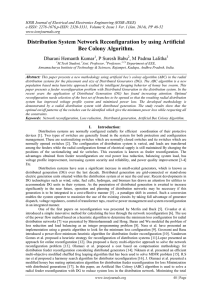System Architecture for On-Chip Networks
advertisement
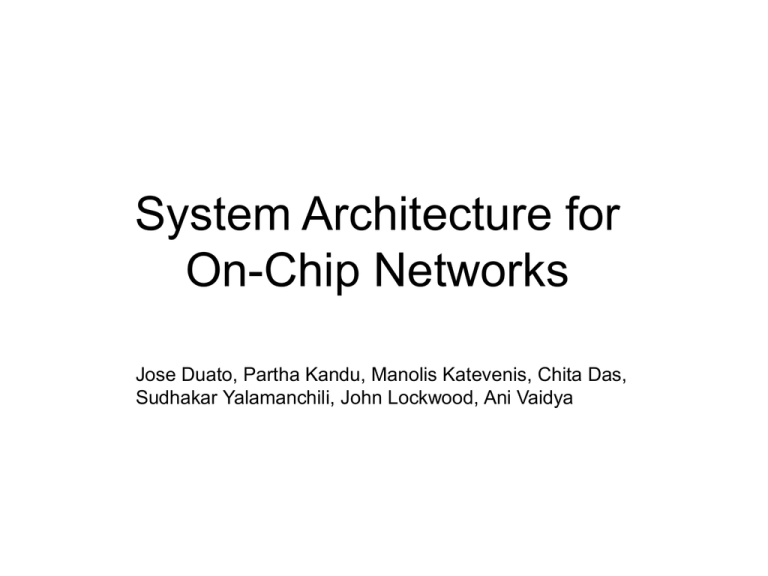
System Architecture for On-Chip Networks Jose Duato, Partha Kandu, Manolis Katevenis, Chita Das, Sudhakar Yalamanchili, John Lockwood, Ani Vaidya Summary Societal Impact – Lower NRE costs (integration and verification): lower barrier to entry • Enable new powerful edge-devices with applications to health care, communication, personalized services – OCIN can help cost effectiveness of the business enterprise and integration in Grid environments • Simplify configuration management of partitionable systems Application requirements : Performance, Partitioning, QoS Support for virtualization Support for heterogeneity Technology constraints : Power consumption, Temperature, Area, Fault tolerance Self configuring systems (self healing, self adaptive) Complexity/Productivity Profiling, monitoring, debugging support Software driven adaptation : active topology, routing and load balancing Sample Research Agenda • Congestion control with bounded or limited buffering – Efficient buffering and flow control • Network interface – Light weight, generic: low latency, tightly coupled, general programming, flexible and general purpose – Virtualized network interface • • • • • • • • Adaptive flow control/ switching for multi-modal traffic and time varying application requirements Automatic reconfiguration in the middle of failure Self tuning links and switches to process variation, soft errors Network reconfiguration to adapt to application requirements Support for out of order delivery Technology-aware topologies : higher dimensions Support for partitioning and virtualization: isolation, performance across domains, accelerators, traffic heterogeneity Support for monitoring, debugging




